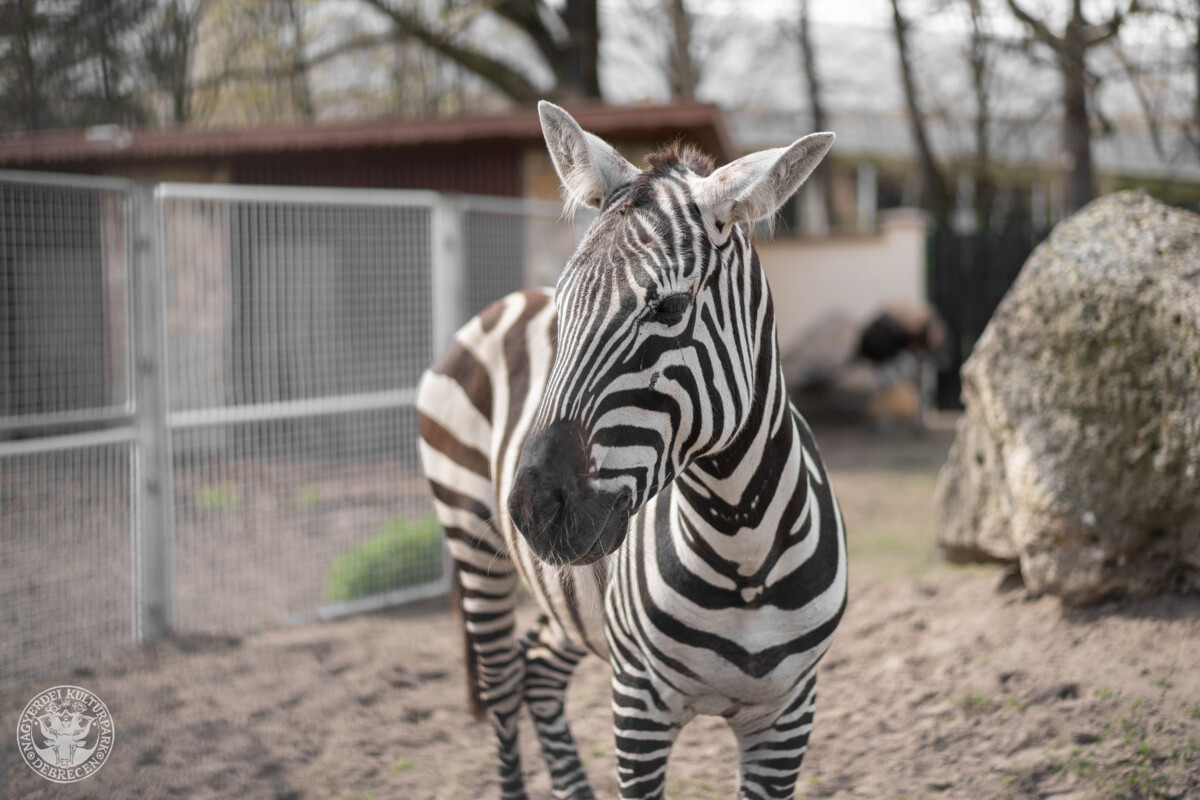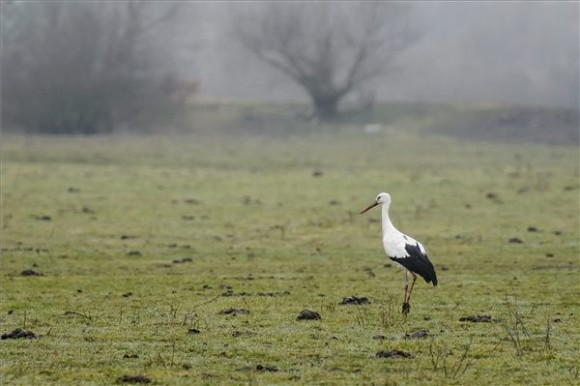A couple years after the arrival of a Palawan leopard cat breeding pair and the launch of their breeding program, Hungary’s first zoo outside the capital has become a founding member of yet another international collaboration aimed at creating a European Ex Situ Program (EAZA EEP) for a subspecies that is declining in the wild and is also a zoo rarity.
Maneless zebras (Equus quagga borensis) are the northernmost and rarest subspecies of plains zebras, with a total of 27 individuals housed in 10 zoos worldwide and a known population of up to only 300 individuals in their natural range due to habitat loss from climate change and overgrazing, in addition to poaching. Home to more than half of all maneless zebras in human care, five zoos in the Czech Republic and Slovakia as well as now Debrecen Zoo are therefore involved in setting up a conservation breeding program, under which a three-year-old stallion has recently been transferred to Debrecen from Zoo Praha. Named Kevin, the newcomer now shares a mixed-species exhibit with ostriches, but he is hoped to be joined by females in the near future as the program ultimately aims to build and maintain a stable and viable zoo population that can even support reintroduction efforts.
Native to Northwest Kenya, Northeast Uganda and the eastern part of South Sudan, maneless zebras lose most of their mane by the age of 2 to 3 – hence their common name. In the wild they form harems, made up of a single stallion, his mares and their young foals. They are non-territorial, with a home range of up to 600 square kilometers. Despite mostly grazing on grasses, they are not particularly picky feeders and will often prepare the way for more specialized eaters by clearing taller and less nutritious vegetation.
Dr. Gergely Sándor Nagy
CEO, Debrecen Zoo and Amusement Park










